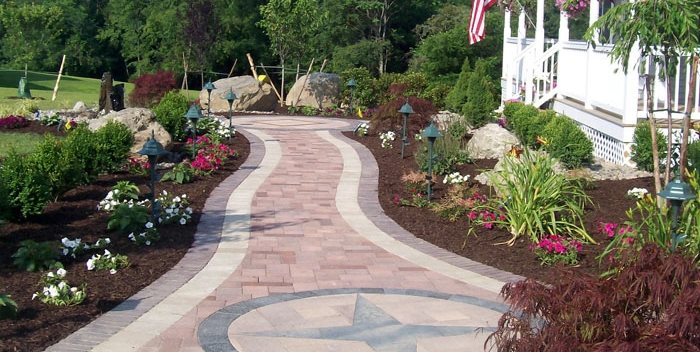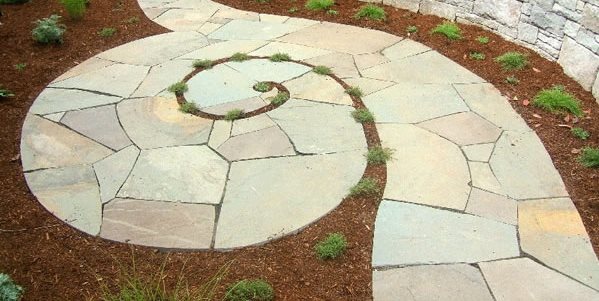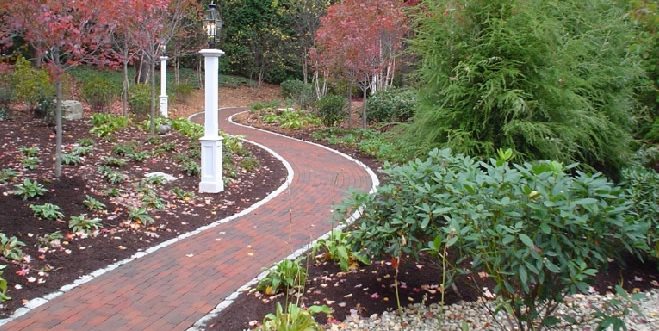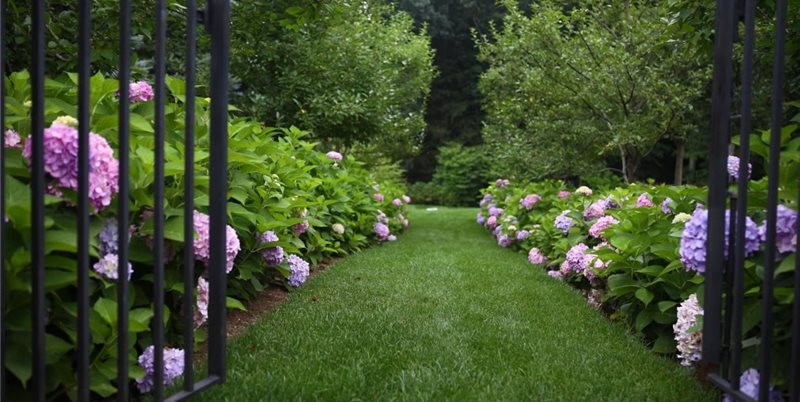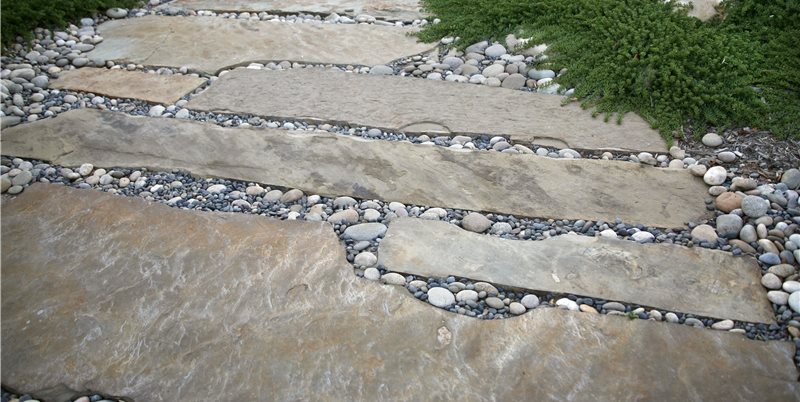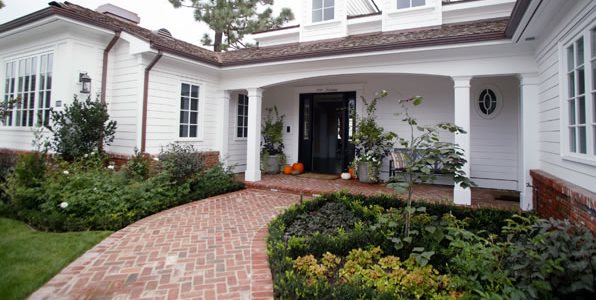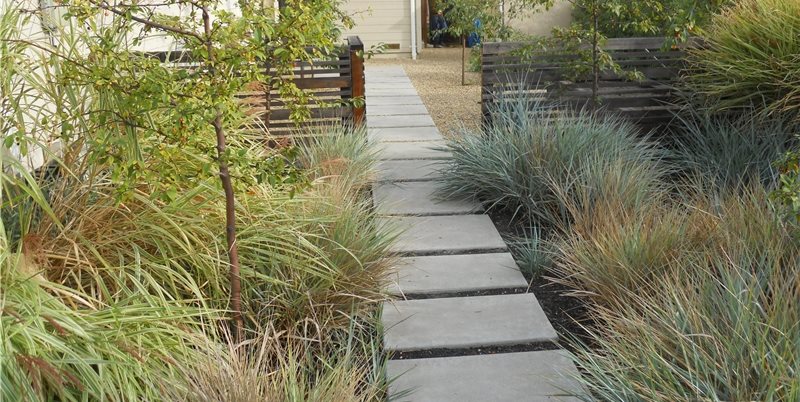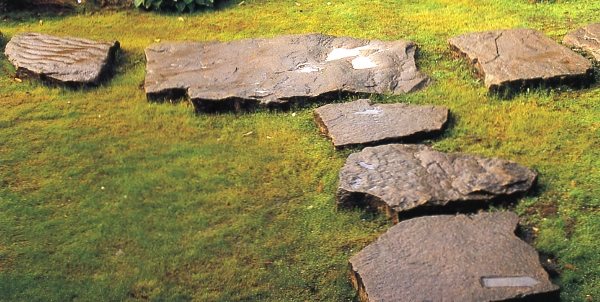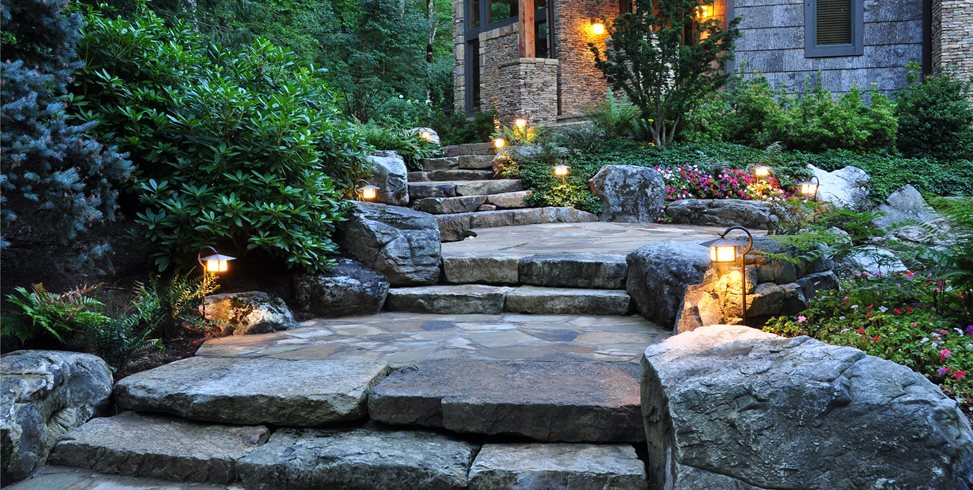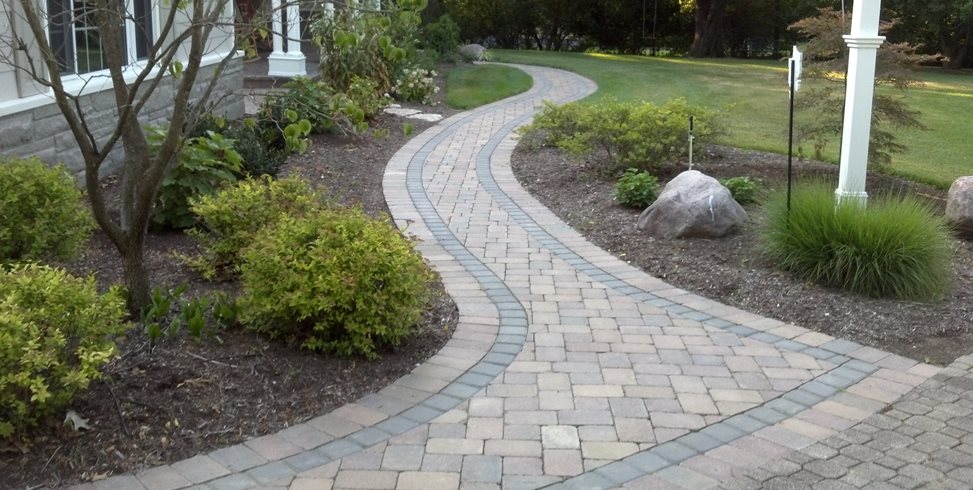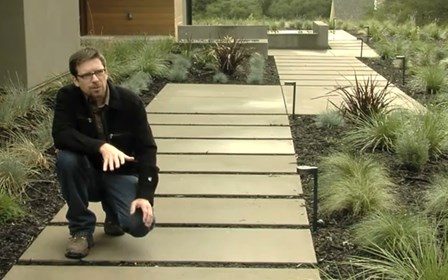Garden Paths & Walkways
Design ideas for inviting and functional pathwaysWhen landscaping a yard, walkways often get overlooked. We concern ourselves with pools, patios, and plant selections, but then we neglect to consider how to connect the different spaces in our yard. By ignoring paths, a garden can become disjointed because of the lack of thought put into the transitions and connections.
Not only do walkways guide people throughout your yard, they can also be used to create a mood or atmosphere. You'll want to start by determining if you are trying to create a formal or informal feeling. Then you'll need to make a number of important decisions regarding shape, dimensions and materials, which can range from simple gravel to decorative stamped concrete. Other factors to consider include your budget, the desired traffic flow, the amount of foot traffic your walkway will receive, and safety.
Get these tipsIn this section, you'll find tips from landscaping professionals on:
- The differences between formal garden paths (characterized by straight lines and right angles) and informal pathways (typically curved and meandering), along with advice on where each style works best.
- Recommended walkway widths for different traffic flow patterns and frequency of use.
- Selecting materials for a front yard walkway, considering such factors as curb appeal, your home's exterior architecture, and safety.
- Determining the best placement for backyard walkways to create destination zones and a natural traffic flow from one area to another.
- Using a combination of walkways, patios and planting beds as an alternative to a backyard lawn.
- Design tricks for varying the width of a path at certain points in the garden to indicate that the visitor has arrived at a destination, such as a shady bench under a tree.
- The characteristics and applications for the most popular walkway materials (gravel, brick pavers, flagstone and concrete), along with design ideas for each.
- Choosing among the many decorative options available for concrete walkways, including adding color by staining or integral pigments, imparting pattern and texture through stamping or saw cutting, exposing the aggregate, and adding decorative borders.
- Using outdoor path lighting for both safety and wayfinding, including advice on path lighting mistakes to avoid.
- How to choose among the options and styles available for path lighting, including lanterns, lamps, posts, recessed fixtures, and solar lighting.
- Using pathway edging to create a manicured look, to keep gravel or other loose paving materials in place, and to keep plants and mulch off walkways.
- How to emphasize a path's shape with plantings, such as using formal boxed hedges as a border along a straight-edged walkway.
Don't ignore the important roles pathways can play in your home's overall landscape. Be sure to consult with a landscape designer for advice on choosing the best materials and specifications.

 Backyards
Backyards
 Front Yards
Front Yards
